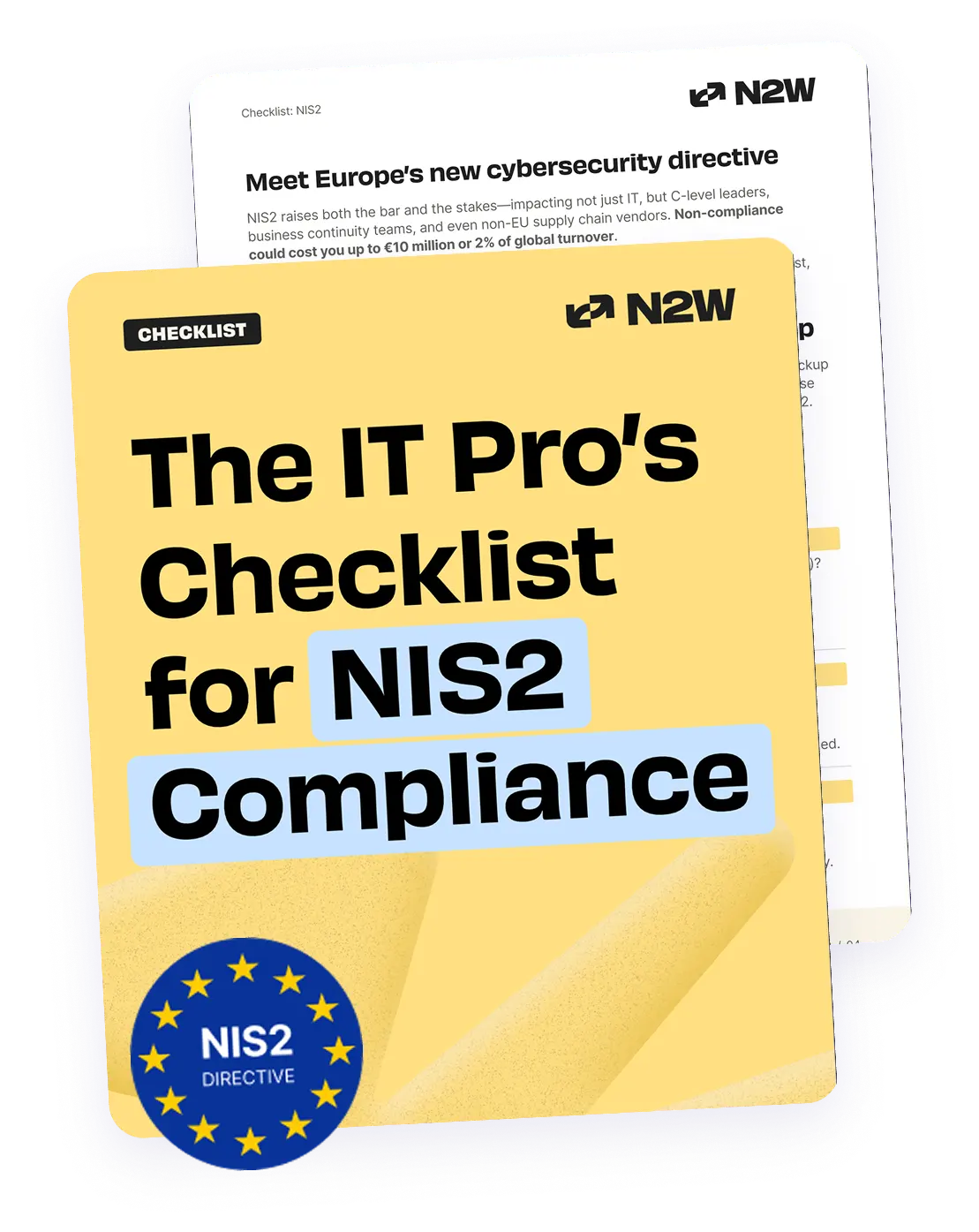The Need to Reevaluate Your Cloud Security Strategy
In the digital era, data has emerged as one of the most valuable assets for businesses worldwide. As corporations increasingly shift their operations to cloud platforms such as Amazon Web Services (AWS) and Microsoft Azure, the security of data backups on these platforms has never been more crucial. However, are backup administrators doing enough to protect these precious data reservoirs?
According to a report by the International Data Corporation (IDC), worldwide spending on security solutions and services is set to rise to $219 billion in 2023, a 12.1% increase from the previous year. While these figures may seem substantial, it’s worth pondering if these investments are being channeled effectively, particularly towards securing cloud backups.
The Hidden Costs and Risks of AWS Backup and Azure Backup, the native solutions
Many organizations rely on built-in backup services like AWS Backup and Azure Backup for safeguarding their data. While these services certainly have their merits, they may be more costly than they initially appear. They also come with certain limitations that could hinder an organization’s ability to quickly restore their operations in the wake of a cyber incident.
Fortify your cloud across every critical dimension.
- Efficiency + Optimization
- Security + Control
- Orchestration + Visibility

The High Cost of Ransomware Attacks and Failed Backup Recoveries
Another important aspect to consider in the cloud backup and security discussion is the potential losses incurred due to ransomware attacks or failed backup recoveries. The impact of these incidents goes beyond immediate financial losses; they can lead to significant productivity loss and damage to a company’s credibility.
For instance, a ransomware attack can immobilize a company’s operations, leading to an immediate drop in productivity. The downtime caused by such an attack, and the subsequent recovery process, can disrupt business continuity for days or even weeks. According to Cybersecurity Ventures, the global cost of ransomware-related downtime was $20 billion in 2021. This number is expected to increase to $265 billion by 2031.
📺 TIP: We did a webinar on how to ransomware-proof your environment with immutable backups.

Similarly, a failed backup recovery can result in substantial productivity losses. Without access to critical data and systems, business operations can grind to a halt, causing financial losses that continue to mount until the issue is resolved.
Moreover, these incidents can inflict long-term damage on a company’s reputation. In an age where data breaches regularly make headlines, customers are increasingly concerned about the security of their personal information. A single ransomware attack or failed backup recovery can shatter customers’ trust, leading to loss of clientele and decreased market share.
It’s essential to understand these potential losses when evaluating the cost-effectiveness of cloud backup solutions. Investing in comprehensive, robust backup and disaster recovery solutions may appear costly upfront, but they can save businesses from devastating financial and reputational losses in the long run.
Built-in Backup Services: Are They Enough?
The primary goal of a backup strategy is not only to preserve data but also to enable a swift recovery in the event of data loss or compromise. This is where built-in backup services may fall short. While AWS Backup and Azure Backup are capable of storing data, they often lack the comprehensive disaster recovery capabilities required to bring resources back online in a timely manner.
The IDC report predicts industries such as banking and federal/central government will lead investments in security products and services in 2023. These sectors, which require stringent data protection measures, could face significant operational and regulatory repercussions if they cannot quickly restore their functions following a cyber incident.
The Need for Cloud-Native, Unified Backup Solutions for Multi-Cloud Environments
While AWS Backup and Azure Backup each provide robust backup services within their respective cloud environments, it’s important to note that neither of these services are designed to function as hybrid cloud solutions.
In other words, while AWS Backup works optimally within the AWS ecosystem and Azure Backup within the Azure environment, they are not inherently designed to work across multiple platforms or cloud environments. This represents a crucial limitation for businesses operating in a hybrid or multi-cloud environment, where data is spread across different infrastructures.
For instance, if a company uses AWS for some workloads and Azure for others, it will need to manage two separate backup solutions. This could lead to increased complexity and potential inconsistencies in backup and recovery processes. Similarly, management and monitoring being of chief importance, AWS Backup and Azure Backup may not provide the seamless integration needed for efficient data management.
Given the limitations of AWS Backup and Azure Backup in a hybrid cloud context, companies may need to explore other solutions that are specifically designed to work in a multi-cloud or hybrid cloud environment. Such solutions can provide the comprehensive, cross-platform data protection that today’s businesses need.
Time to Rethink Your Backup Strategy
Given these challenges, it’s time for backup administrators to rethink their strategies. Relying solely on built-in backup services might not be enough. Instead, consider investing in third-party backup solutions that offer comprehensive disaster recovery capabilities and potentially more cost-effective pricing structures.
In a hyper connected, always-on, round the clock productivity cycle, corporations annual spend on hardware, software and services heavily leans towards reliable cloud native services. This suggests that companies are also increasingly recognizing the importance of robust, effective backup and security solutions.
In conclusion, while the rise in security spending indicates a promising trend, it’s critical for backup administrators to ensure this investment is being directed effectively. As businesses continue their migration to the cloud, protecting AWS and Azure backups must be at the forefront of every organization’s cybersecurity strategy. It’s not just about investing more, but investing smarter.

Sebastian is the Principle Solutions Architect at N2WS with more than 20 years of IT experience. With his charismatic personality, sharp sense of humor, and wealth of expertise, Sebastian effortlessly navigates the complexities of AWS and Azure to break things down in an easy-to-understand way.
